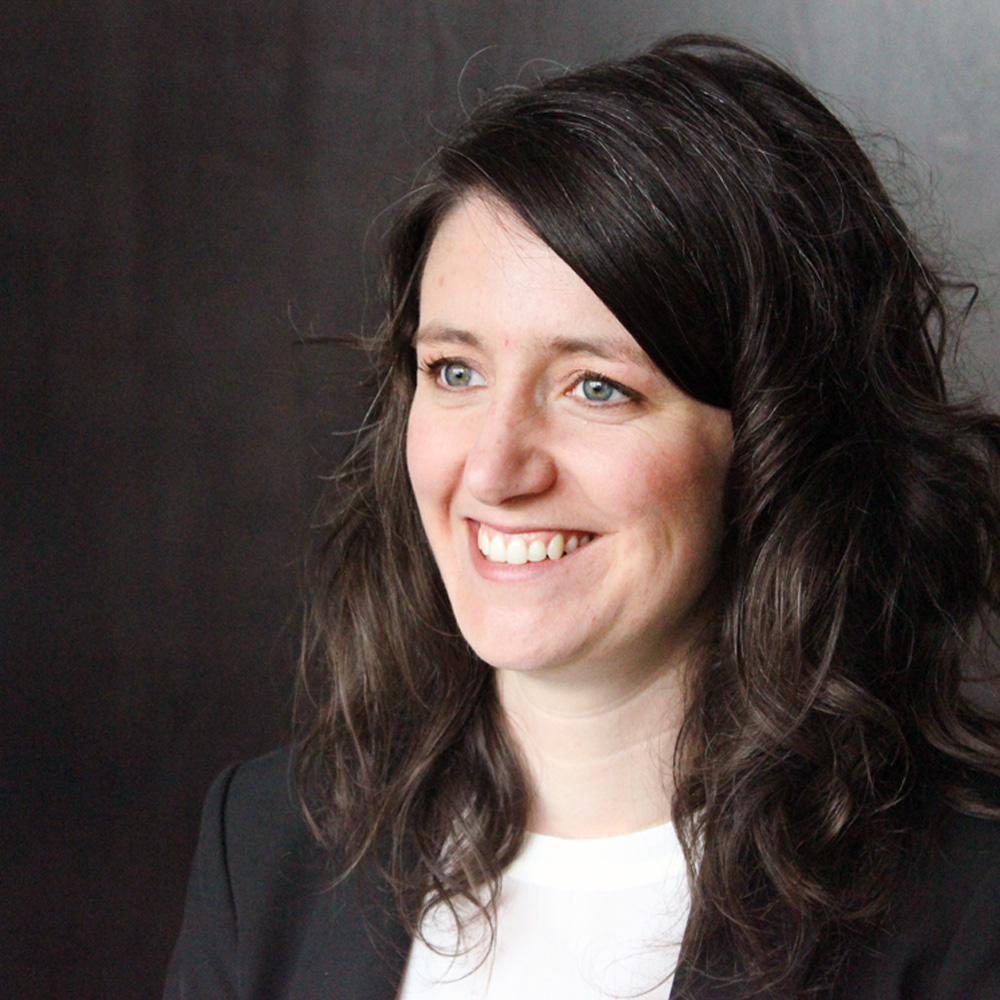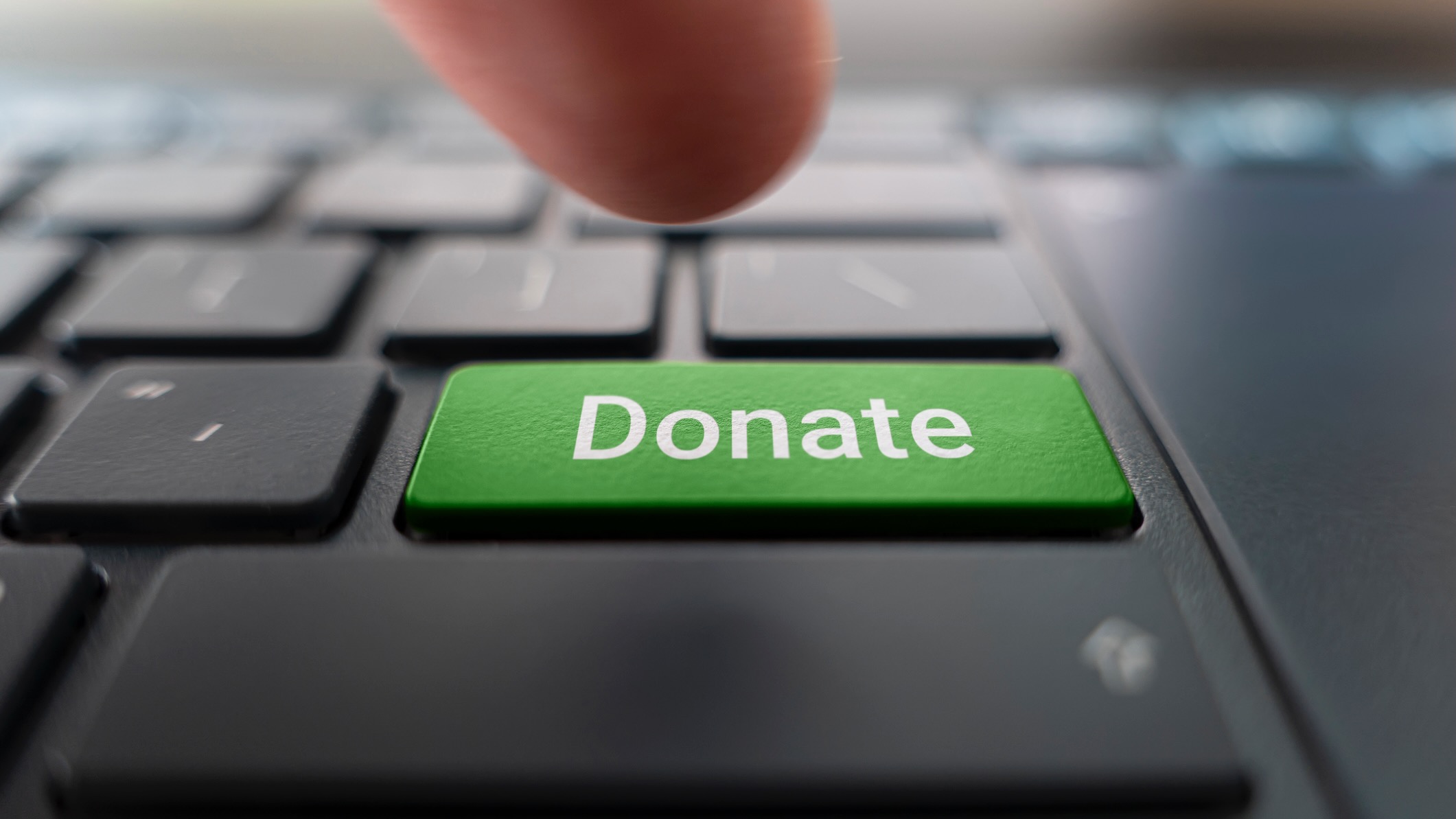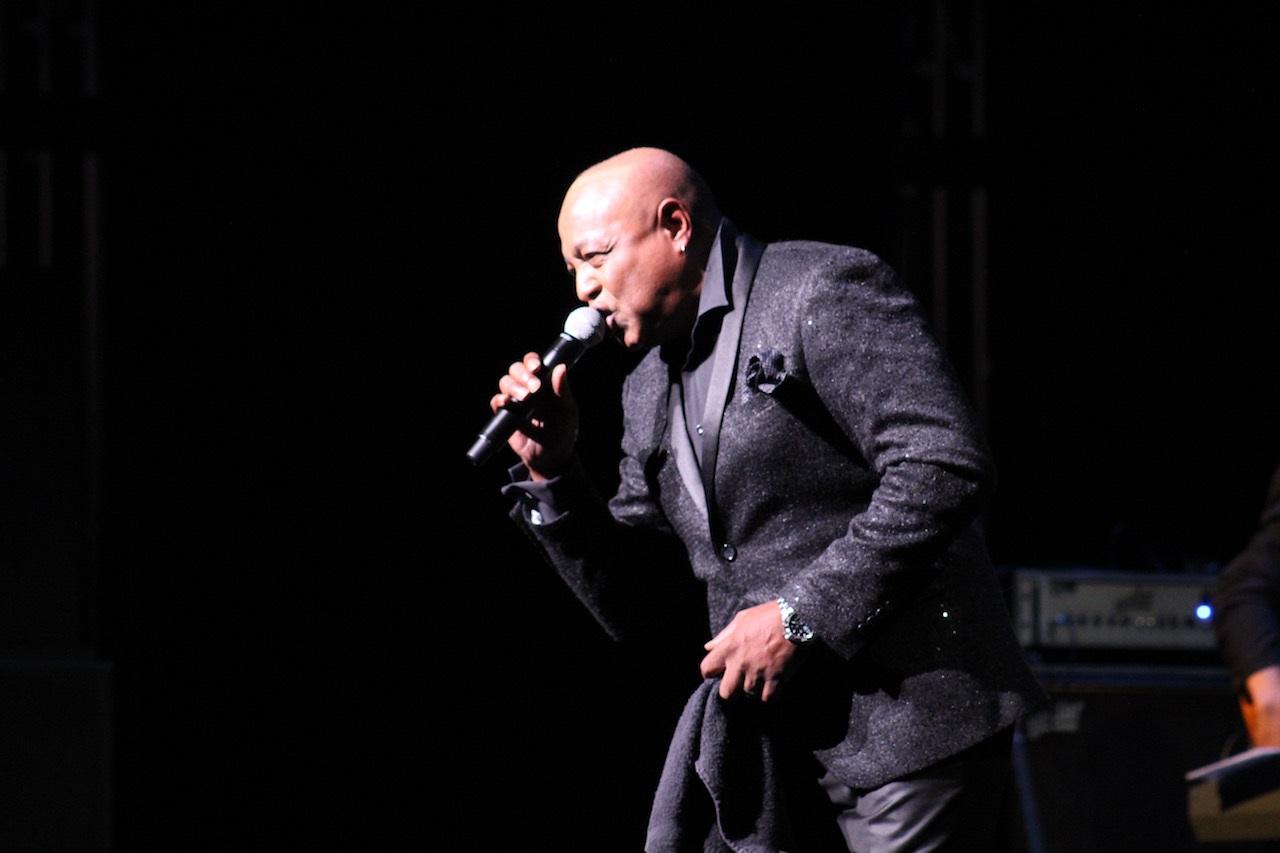Stations have a future in local appeal, distinct programming

McDaniel
Our most recent podcast featured three interviews with public radio leaders about the digital future of NPR and its member stations. For the second conversation, host Adam Ragusea checked in with Andi McDaniel, senior director of content and news at WAMU in Washington, D.C. (Catch up on the first interview, with Scott Finn of West Virginia Public Broadcasting.)
Andi McDaniel: I think there are really three key areas where stations have something special that will persist, even into this future in which people are consuming content on-demand.
The first one is local, and local content specifically. People gravitate to the NPR brand because of the values and mission that it represents. And stations, loosely defined, are local place-based manifestations of that mission. We’re really thinking about our work as we jive with the values and mission of NPR more broadly, but we are a distinctly Washington version of that. I think there is something about how particularly news comes about within a specific context that you just don’t get from national content. That’s why we’re working to do regional well, to do local well, and that’s a big part of why we decided to invest in expanding news. So that’s one piece of it.
Another piece is what the shorthand word for would be “community engagement,” but I’ll try to be a little more specific. No matter what media you’re consuming, whether it’s radio podcasts, you’re binge-watching a TV show, we increasingly ache to be with other humans who are also consuming things, and we want to be able to put those things in context. This is one reason why public media stations increasingly are getting into the events business. People want to get up and get together and think about and talk about and process events in the world and content they’re consuming. I think that’s something that stations, because they are an on-the-ground network, are really well-positioned to do.
The third piece is talent, and that’s something we’re certainly working on here. We’re in NPR headquarters’ hometown, so it’s important, as the world is competing for talent, that we have something to offer people who have creative ideas and abilities. Something that stations uniquely can do is take risks, and stations should be the places where people with bright ideas can come and try things, and where we can develop new voices. I mean new voices not just in terms of content, but also people who might work in our marketing or development areas. We should be places where people like that can launch their careers and get on the radar and grow and test things. And, hopefully, that means that we also can really be kind of taproots, in a way, for the development of content that ends up being distributed on a larger scale.
Adam Ragusea, Current: Are you preparing for a world in which radio is not your organization’s core business anymore? And when I say radio I mean terrestrial and streaming.
McDaniel: Yes.
Current: When do you think it’s going to happen?
McDaniel: In which that becomes the lead and we’re more digital than broadcast?
Current: Yeah.
McDaniel: I think it’s going to be a while. One of the things, frankly, that’s really exciting about working in a place like WAMU is that we still have such a robust broadcast audience, and that gives us lots of opportunity to test things and play and grow, and that’s a lot of people to serve still. So the trick is really genuinely investing in digital at the same time that you’re cultivating broadcast, because it’s still massive. It is predominant right now.
What is the date at which it will have entirely flipped? I don’t know this. This question reminds me of how we were wondering what the date would be when digital would be making more money for newspapers than print. And I’m not sure that date has arrived yet, in many cases.
Current: And it will never happen. The newspapers will fold before that happens.
McDaniel: You work for Current, right?
Current: Current is a special creature. It’s fortunate to have all kinds of outside support, most importantly from readers and listeners like you.
McDaniel: That was underwriting right there.
Current: You can tell I do this for a living, right? But for a for-profit newspaper, I don’t think that they will ever hit the point at which their digital revenue is higher than their print revenue; I think they will go out of business before that happens. I don’t know what that means for you.
McDaniel: I think there are aspects of the radio situation versus the newspaper situation that are pretty different. One of them would be that while there is a shift from tuning in on an FM dial to stations to accessing content in other ways, part of that does involve streaming it using other platforms. For instance, I don’t own a radio, and in fact I’ve realized that it’s actually really hard to get one these days. Certainly on the Internet you can, but strolling through Best Buy or Target you don’t see ’em lying around anymore. Instead what you see are Bluetooth speakers. I listen to WAMU through TuneIn, and that’s what I did before I started on this job, so I could start to get in the mindset of being in Washington. Frankly, part of the work for us is going to be really continuing to cultivate the brand loyalty that will allow us to still stand out in a space when people can listen to a public radio station in any market in the country, or frankly could just listen to the à la carte content on its own.
Current: I’ll point out one other ginormous thing in terms of the differences between what stations are going through versus what newspapers are going through: People have never paid for radio. They’ve never paid for radio.
But the transition that the newspapers have been going through is that of going from a model in which people paid for the newspaper to a model in which people don’t pay for the newspaper. That is so much more painful.
McDaniel: Well, yeah, not to mention our model involves giving it away for free, like newspapers in many cases are doing now. But then, reliably and somewhat predictably, coming around to say, “We know this is something that you rely on. Help pay it forward and help us continue to create it for you and for others.” That’s something that has worked. Part of the psychology of the pledge drive is people hear us saying, “You listen. We know you listen. We know you’re here. You tuned in. You made that choice, and that’s because it matters to you, and we’re asking for your help because we feel the same way you do about this content.” That has worked, that model has worked, and I don’t think we have to completely overturn it.
Current: And long may it continue, but — and this is my last question — what are you going to say to that potential member when he says to you, “Listen, I like NPR, and I want to give money to it, but I don’t like that I’m having to give money to your organization so that you can do things with that money that I might or might not care about, when really I just want to give money to NPR and listen to NPR”?
McDaniel: I don’t know that they’re going to be saying that about NPR or about the station; I think they’re going to be saying that about the show and about the host of the show.
Current: Yeah, good point.
McDaniel: So there’s no question that we have to more deeply develop the identities and brands and sort of tribes around our distinct offerings, because to the extent that people feel part of the community of Diane Rehm Show listeners or the community of listeners to The Big Listen that they feel like, “Yeah, contributing to and being a supporter of the show is part of who I am.”
Related stories from Current:









Perhaps it’s different in the DC area, but I was in both Best Buy AND Target just this weekend, and there were radios to be had in both locations.
It’s true that in both stores, they were nowhere near as prominently displayed as the cellphones and bluetooth speakers are. But to say they’re not for sale in these places is a blatant falsehood. (also, remember that stores like this are *paid* (or “spiffed”) by the makers of cellphones and bluebooth speakers to feature them prominently and have their salespeople promote them…there is no entity doing that for AM/FM radios)
It’s also a tad disingenuous since something 99.99% of all cars still have AM/FM radios in them. Radios are most definitely still out there.
Plus, not to beat up on Ms. McDaniel too much here, but she must have access to WAMU’s Nielsen ratings, and to WAMU’s streaming statistics. I’d put good money on the table that the former has at least 10 times the listeners of the latter, if not a much larger multiple (like 100 times or even 1000 times) so when she says the day when internet consumption will surpass AM/FM is “a while” in the future, that’s taking understatement to new levels of Britishness. :)